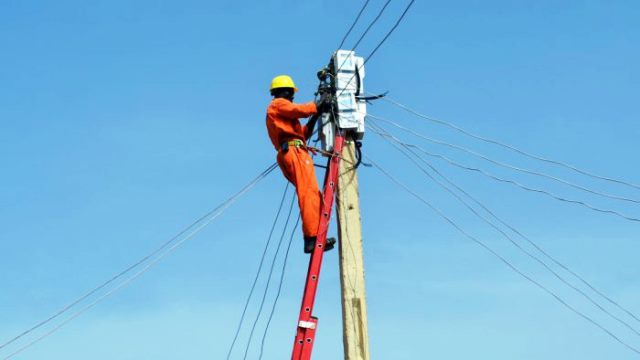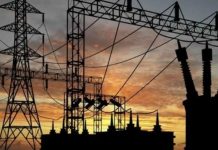Power industry stakeholders believe that the participation of electricity workers in the two-day protest might cause some instability in the recuperating power sector.
Nigeria’s power sector recently witnessed a grid collapse that led to the crash of power generation from over 3,900 megawatts to 3MW, a development that caused blackouts across the country.
The Federal Government had commenced “a full-scale investigation” to establish the cause of the national electricity grid collapse which occurred on Wednesday and caused blackouts nationwide.
Although engineers from the Federal Government’s Transmission Company of Nigeria started grid restoration after the incident, the report stated that power generation on the grid crashed from over 3,900MW to 3MW during the collapse.
The letter with reference, NUEE/NS/2022/008, titled, “Nigeria Labour Congress/ASUU Solidarity Protest,” and dated July 22, 2022, stated that electricity workers would join in the protest to kick against the prolonged closure of tertiary institutions in Nigeria.
It read in part, “In line with the NLC’s directive and our position which was made known at the Central Working Committee and National Executive Council meeting of Congress.
“All members of the union are enjoined to massively mobilise and actively participate in the NLC/ASUU solidarity protest against the continued closure of the nation’s tertiary institutions, scheduled for July 26/27, 2022.
“You are encouraged to work with the leadership of State Executive Councils of the congress in your various states to have a successful outing. Aluta Continua!”
Participants in the two-day protest by electricity employees, according to power industry stakeholders, may generate some turbulence in the recovering power sector. Nigeria’s electricity industry recently had a grid failure, which reduced power output from over 3,900 megawatts to 3MW, resulting in nationwide blackouts.
The Federal Government has launched “a full-scale inquiry” to determine the source of the national electrical system failure that happened on Wednesday and triggered statewide blackouts.
Despite the fact that engineers from the Federal Government’s Transmission Company of Nigeria began system restoration following the disaster, the study said that electricity generation on the grid dropped from over 3,900MW to 3MW during the collapse.
It explains that the power grid crashed from the 3,921.8MW that was generated at 6 am on Wednesday to as low as 50MW at 12.23 pm, causing a widespread blackout across the country. The report indicated that power generation on the grid had hit a peak of 4,091.6MW on Tuesday, but this dropped to 3,921.8MW on Wednesday morning, before crashing to about 50MW. It, however, further showed that power generation on the grid crashed further to 3MW on Wednesday, which was recorded as the off-peak generation for that particular day.














